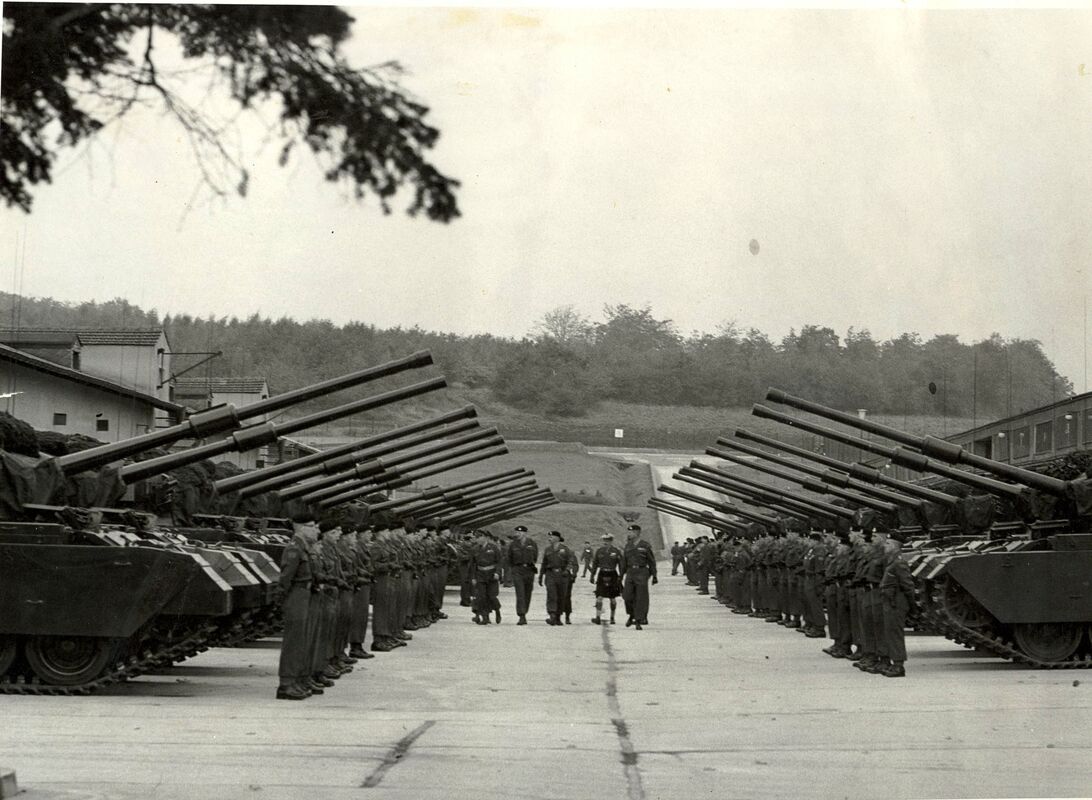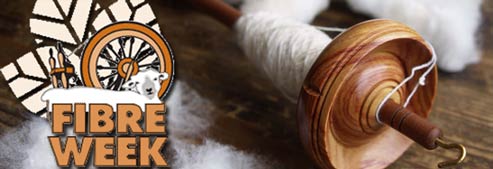Understanding Inversions of Triads and Seventh Chords.
The use of the word inversion in music theory can have a number of different connotations. Within the context of tonal analysis, it indicates the configuration of chords with respect to the bass part. Tonal music relies on the inventiveness of the composer to create compelling voicings of each chord within a harmonic progression. Contributing to the choices that a composer must make in terms.
To form the first or second inversion of a chord all you do is switch the notes around (invert them) and play these notes either higher or lower on your piano. For instance, the notes of the C major chord are C, E and G. In root position, this chord is played with the note, C as the lowest notes, E in the middle, and G as the highest note. Root.

The lesson could not be displayed because JavaScript is disabled.

Grade Five Music Theory - Lesson 10: Describing Chords. Chords. A chord is a group of notes which sound at the same time. Chords are usually made up of three basic notes, (but any of the notes can be doubled up without changing the nature of the chord). To make chords, we first need to decide which key we are in. Let’s take the key of C major as an example.

The second inversion of a chord is the voicing of a triad, seventh chord, or ninth chord in which the fifth of the chord is the bass note.In this inversion, the bass note and the root of the chord are a fourth apart which traditionally qualifies as a dissonance.There is therefore a tendency for movement and resolution. In notation form, it is referred to with a c following the chord position.

G major triad chord. The Solution below shows the G major triad chord in root position, 1st inversion and 2nd inversion on the piano, treble clef and bass clef. The Lesson steps then explain how to construct this triad chord using the 3rd and 5th note intervals, then finally how to construct the inverted chord variations. For a quick summary of this topic, have a look at Triad chord.

The complete chord symbol of the dominant 7th chord appears below the first example. The same symbols can be used on anyr 7th chord type. In the second example, the simplified symbol appears, being the one that is usually used: First inversion: Second inversion: Third inversion: Some schools use a different symbol for dominant 7th and.

This inversion is often interchangeable with the root inversion. The second chord inversion Second chord inversion is taking the bottom note from the first chord inversion and playing it as the new top note. From the previous example of the first chord inversion we had E, G, and C. Now we would move to the next E key on the piano and play the.

Seventh Chords and Roman Numerals. Additional numbers are used along with roman numerals to indicate seventh chords and their inversions. A seventh chord can be found in root position or any one of three inversions. A seven after the roman numeral means a seventh chord in root position. A 6 and a 5 after the roman numeral means a seventh chord in first inversion (third in the bass). A 4 and a.

C major triad chord. The Solution below shows the C major triad chord in root position, 1st inversion and 2nd inversion on the piano, treble clef and bass clef. The Lesson steps then explain how to construct this triad chord using the 3rd and 5th note intervals, then finally how to construct the inverted chord variations. For a quick summary of this topic, have a look at Triad chord.

We will be using 2nd inversion shapes for these chords. Again, that just means that the 5th of the chord is the lowest note. Put your 1st finger on the 1st fret of the 2nd string and play the top three strings. This is a C major chord and the lowest note is a G, the 5th of the C major chord. That makes this chord a 2nd inversion C major chord.

Memorizing Roman Numerals. Please memorize the roman numerals, correct qualities, diatonic pitches (solfege), and inversion symbols for all of these chords in major and minor. You will spend a huge amount of your theory coursework analyzing music with these symbols. The sooner you know them, the better. I cannot overstate this point.

The order 5th, 3rd and 1st is the second inversion. This means that our second inversion of the C major triad is G C E ( V I and III degrees) In interval terms this means perfect fourth and major 3rd. So basically we have 3 different guitar chords made out of the same notes. We have root position which is C E G; We have first inversion which is.



